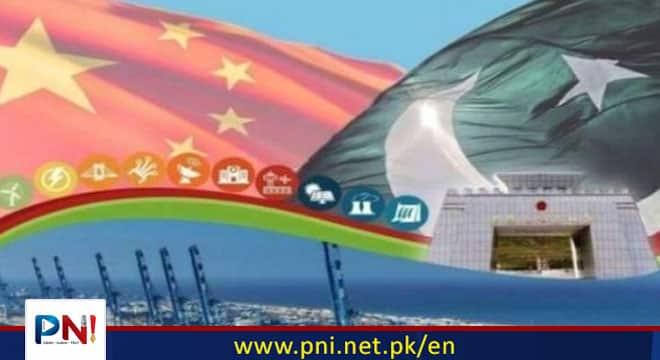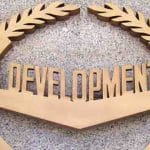BEIJING, Oct 12 (APP): The China-Pakistan Economic Corridor has boosted the development of industries such as energy, infrastructure, agriculture, and textiles in Pakistan, making significant contributions to Pakistan’s economy.
The report titled “10 Years of Belt and Road Initiative-China-Pakistan Economic Corridor (CPEC)” was released as China and Pakistan are celebrating the 10th anniversary of the Belt and Road Initiative (BRI) and also the 10th anniversary of the launch of CPEC, a BRI flagship project.
Since the launch of CPEC in 2013, China has become the largest source of investment for Pakistan for 10 consecutive years with $25.4 billion investment in direct projects in the country. Among them, investment in the energy sector accounts for 68%, making it one of the areas with the largest investment, the fastest progress, and the most significant achievements under CPEC, CEN reported on Thursday.
As of the end of 2022, completed power projects under CPEC account for 1/4 of Pakistan’s power generation, and the compound growth rate of power generation has jumped from 2.7% in pre-CPEC period to 7% during post-CPEC period. CPEC Power plants provided cheaper electricity by utilizing Thar coal reserves. This reduced Pakistan’s oil and gas import bill burden.
In terms of transportation infrastructure, over 90% of Pakistan’s passenger traffic and around 96% of freight movement are primarily dependent on road transport.
The mileage of completed and ongoing motorways under CPEC is 1622 kilometers, accounting for approximately 40% of the total mileage of Pakistan’s motorways. The Motorway network in Pakistan links different parts of the country to the three main ports which include Karachi Port, Port Bin Qasim, and Gwadar Port, improving Pakistan’s cross-border trade efficiency.
The report points out that thanks to the infrastructure construction under CPEC, Pakistan’s business environment has seen continuous improvement, and the industrialization of the country has been significantly enhanced. The Large Scale Manufacturing Index (LSM) has increased by 43% in the past 10 years.
In terms of China-Pakistan industrial cooperation, the textile, automotive, and mobile equipment industries in Pakistan have benefited the most.
Chinese companies have invested in Pakistan’s textile industry through acquisitions or setting up factories, driving its textile exports to grow by approximately 4.4% annually over the past 10 years.
Since 2016, multiple Chinese mobile device brands such as Oppo and TECNO have built 29 manufacturing factories in Pakistan, bringing $126 million in investments, promoting a 74-fold increase in local production of mobile devices.
As CPEC enters the second phase, substantial achievements have been made in China-Pakistan agricultural cooperation, and multiple advanced Chinese agricultural technologies have been promoted in Pakistan.
More and more Pakistani farmers are adopting China’s maize soybean strip intercropping technology.
This technology will help Pakistan reduce soybean oil imports thus saving its foreign reserves. Hybrid Wheat seed yields 40% higher per acre than conventional varieties which will help Pakistan overcome shortages due to floods and resume wheat exports like in 2011-2013.
In addition, the University of Punjab and Wuhan University are collaborating to develop high-yield hybrid rice varieties to boost Pakistan’s rice exports.
Over the past decade, CPEC has opened doors for the economic and social welfare of Pakistan through the creation of jobs, exchange of personnel, poverty alleviation and various relief projects. CPEC has created approximately 192,000 jobs for the Pakistani people.
Follow the PNI Facebook page for the latest news and updates.








